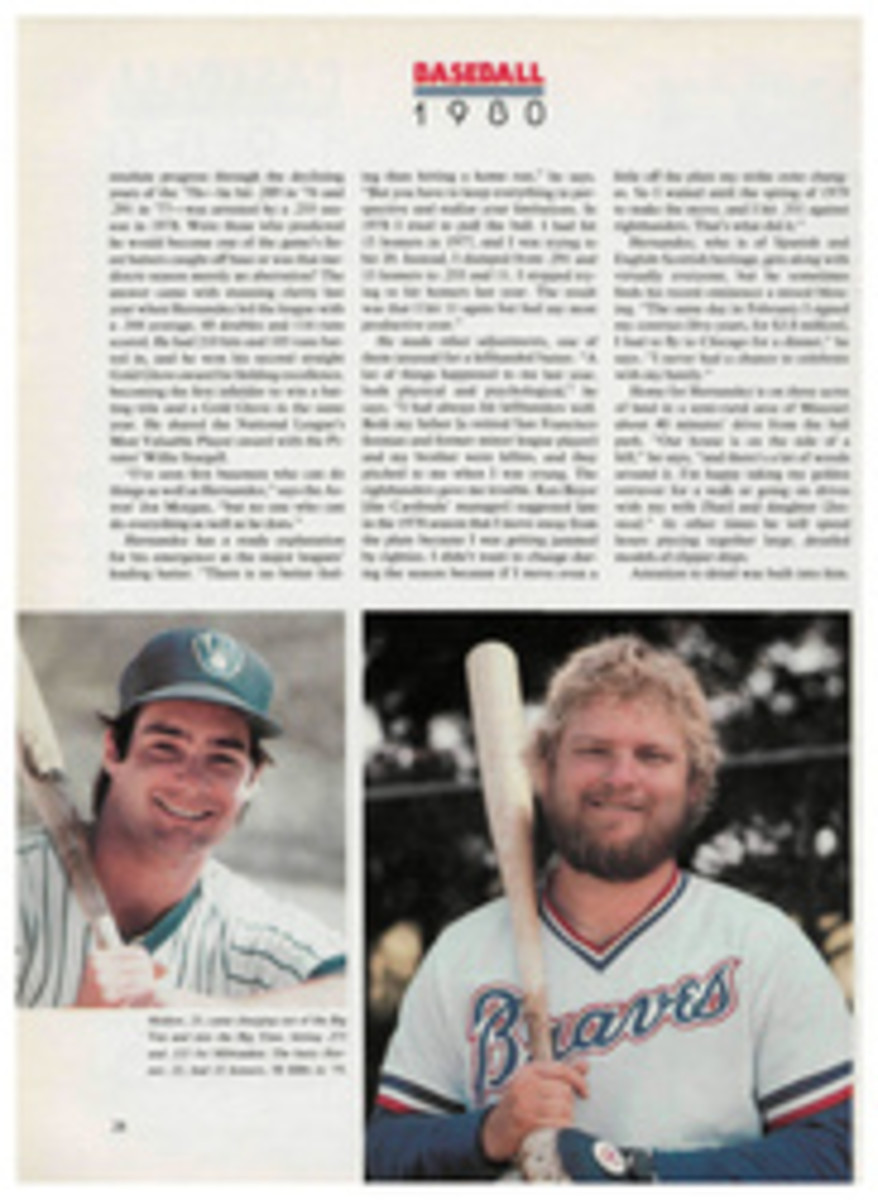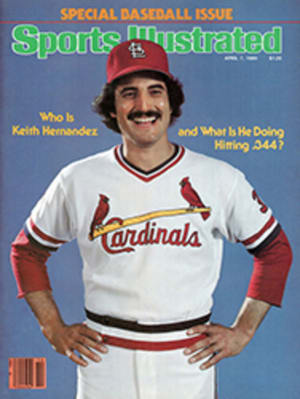
LETTER FROM THE PUBLISHER
It was nearly two years ago that Photographer Walter Iooss Jr. saw the light. He was in Oklahoma City taking pictures of Pitcher Steve Busby, who was in the minors trying to rehabilitate his sore arm. "The park was an old one," says Iooss, "and at the end of the day the sun was very low, almost on the horizon, producing an odd sort of light I'd never noticed before. Later I thought, 'Why not use that light to shoot a baseball essay?' "
Working in June and early July of last season to catch some of the longest days of the year, Iooss made two long trips around the majors, hitting eight cities in 10 days during one of them. He photographed mostly in the oldest parks, on the theory that their low grandstands admitted more of the late-afternoon sun than newer stadiums do and thus offered the sort of light he was looking for. He would arrive several hours before a night game was scheduled to begin and wander around shooting as long as the light held out. "I wasn't interested in action," Iooss said. "Some of the best moments in baseball have no action at all." His photo on pages 66-67 of the Rangers clustered around the batting cage—he used a polarizing filter to deepen the blue—practically qualifies as a still life.
Some of the pictures were meticulously planned. Iooss caught the fan on pages 60-61 at precisely the moment he knew the slanting sunlight would redden the man's ears. But his favorite shot required an immediate response to an unforeseen situation. He was at Dodger Stadium, looking, as always, for targets of opportunity, when, he says, "I saw Randy Lerch going to the bullpen and walked out with him. Suddenly, someone locked the gate and the national anthem began. Everything was totally still. There was Lerch in his blue uniform standing against the blue wall, looking almost like an inlay." And from that fleeting situation came the picture that—out of a total of 7,200 exposures—opens Iooss' essay. Amateur photographers take note: Walter used a 35-mm lens on his 35-mm camera, Kodachrome 64 film, an f2.8 aperture and [1/60] of a second shutter speed.
The occasions on which we devote 12 pages of color photography to a single subject are rare. One of them is our annual swimsuit act, and Iooss has shot four of those. "They're no party," he says. "You get up at 5 a.m. to catch the dawn light, and you're exhausted by nine. What made those assignments—and the baseball essay—rewarding is that I felt totally in control. I controlled the subject, the light and the situation. That kind of assignment shows what you're capable of, as opposed to taking a picture of a guy catching the winning TD pass in the Super Bowl, which is partly luck."
Oh, sure. Back in January Iooss happened to shoot John Stallworth catching the winning pass in the Super Bowl. It not only made our cover but also won Iooss the "photographer of the year" award at the Pro Football Professional Photo Contest. One way or another, Walter seems to be in control.
PHOTO
IOOSS PHOTOGRAPHED BY STARGELL

